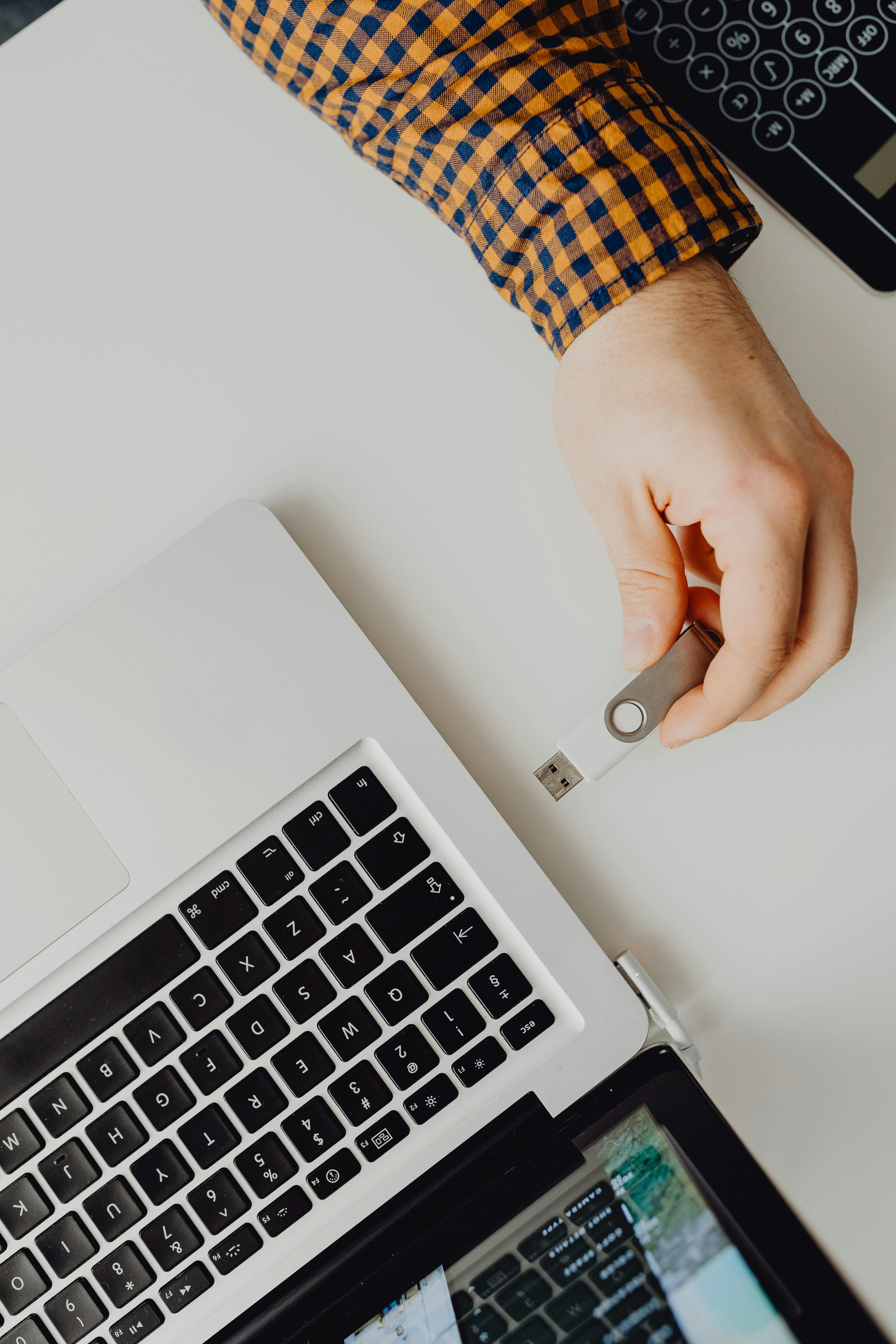
How to Effectively Make a Video Slow Motion in 2025: Easy Steps to Improve Your Editing Skills
Slow motion video editing has become an essential skill for content creators in 2025. From filmmakers to social media influencers, utilizing slow motion effects can elevate your video projects, making them more dynamic and captivating. Understanding how to make a video slow motion not only enhances the visual appeal but also allows for greater storytelling through deliberate pacing. In this comprehensive guide, we will explore easy steps and best practices to master the art of creating slow motion videos, covering everything from basic techniques to advanced software options.
Throughout this tutorial, you'll learn about the different methods available for adjusting video speed, how to use various video editing software and the best slow motion apps. We will also discuss slow motion camera settings and other tips that will help you achieve stunning results. By the end of this guide, you will have the knowledge needed to effectively integrate slow motion into your projects, take your editing skills to the next level, and captivate your audience.
So, let’s dive into the fascinating world of slow motion video creation!

Essential Tools for Creating Slow Motion Videos
To begin your journey into slow motion video editing, it’s crucial to select the right tools. The video editing software you choose plays a significant role in how effectively you can implement slow motion effects. In this section, we will discuss various software options and the basic requirements to create stunning slow motion video content.
Choosing the Right Video Editing Software
When it comes to video editing software for slow motion effects, options like Adobe Premiere Pro, Final Cut Pro, and DaVinci Resolve stand out for their comprehensive features. These programs allow precise frame rate adjustments and offer tools tailored for cinematic slow motion. For beginners, user-friendly applications like iMovie or Movavi Video Editor can also suffice, providing intuitive interfaces for basic slow motion edits.
Software like Adobe Premiere Rush is excellent for mobile users seeking quick edits on the go. Always consider the following factors when selecting software: ease of use, specific slow motion features, and your budget. Experimenting with free trials can help you find a suitable match for your editing style.
Slow Motion Editing Apps for Mobile Devices
In 2025, mobile video editing is more popular than ever, and several apps offer excellent slow motion capabilities right from your smartphone. Apps like FilmoraGo, Slow Motion Video FX, and Hyperlapse provide straightforward interfaces and user-friendly tools for creating dramatic slow motion videos on the fly.
Investing in a solid slow motion video creation app allows you to capture moments and edit them instantly, making it easier to share engaging content on social media platforms. Many of these apps also offer unique features, such as video stabilization and filters, enhancing both the shooting and editing experience.
Understanding Frame Rate Adjustment Techniques
Frame rate is a crucial factor when creating slow motion videos. Standard frame rates for cinematic films typically range from 24 to 30 frames per second (FPS), while slow motion footage can be shot at higher frame rates of 60, 120, or even 240 FPS, depending on the desired effect.
Adjusting the frame rate can help you achieve smooth playback when slowing down your footage. For example, filming at 120 FPS allows you to slow down the video to 25% of its original speed while maintaining quality. Understanding how frame rates impact video speed is key to mastering slow motion effects.
Techniques for Effective Slow Motion Video Editing
With the right tools in hand, it's time to explore essential techniques to enhance your slow motion video editing. In this section, we'll break down different editing methods, tips, and practical approaches for achieving seamless slow motion effects.
Using Video Speed Adjustment Methods
Adjusting the speed of your video clips is fundamental to creating slow motion effects. Most video editing software allows you to stretch out your footage by reducing the speed to a fraction of its original rate. A typical adjustment is to set the speed to 25%, which can create a stunning slow motion effect, emphasizing action and detail.
Take care to adjust your audio settings as well. You may need to lower the pitch or create alternative sound designs to avoid distortion. Proper audio adjustment enhances viewer experience and complements your slow motion visuals.
Creating Slow Motion Transitions
Transitions play a pivotal role in ensuring smooth flow between different elements of your video. Incorporating slow motion transitions can significantly elevate the storytelling. Techniques like cross-dissolves, fades, or gradual speed transitions can create dramatic effects in narrative segments.
Experimenting with various transition styles and durations will allow creativity and personalization in your slow motion video style. Make your transitions seamless and rhythmic to match the pacing of other clips, enhancing the overall feel of your project.
Innovative Slow Motion Techniques for Beginners
Capturing slow motion effectively starts with filming in optimal settings. For beginners, some practical techniques include utilizing high frame rates, reducing camera shake with stabilization equipment, and using good lighting. Proper lighting is crucial as slow motion can amplify shadows and areas lacking illumination.
Consider shooting with a camera suited for slow motion filming, such as action cameras or certain smartphone models that support high frame rates. Always remember to focus on capturing dynamic movements to make the most of slow motion effects, allowing viewers to appreciate the detail and emotion of your footage.

Best Practices to Enhance Your Slow Motion Videos
Applying best practices in your slow motion video production can significantly improve the final output. Below are some key strategies to ensure professional results.
Shooting Techniques for Slow Motion
When shooting for slow motion, remember to consider your camera settings. Opt for a shutter speed that is at least double your frame rate to maintain clarity. For example, if filming at 120 FPS, set your shutter speed to 1/240 seconds. This minimizes motion blur while making your slow motion footage look sharp and defined.
The choice of lenses can also impact the final effect. Wide-angle lenses can exaggerate motion and depth, while telephoto lenses create a more intimate feel, allowing for detailed character shots in slow motion sequences.
Editing Software Insights: Enhancements and Effects
Many advanced editing software solutions offer enhancements specifically designed for slow motion video. Exploring plugins or built-in effects can take your project to the next level. Look for features such as frame blending, optical flow, or warp stabilizer to smooth out and enhance slow motion effects.
Combining these tools with your editing techniques offers endless creative possibilities for storytelling. Be sure to experiment with different effects and settings, tailoring them to suit the theme and mood of your video.
Common Mistakes in Slow Motion Video Editing
Even experienced editors can fall prey to common pitfalls when working with slow motion footage. Let’s examine some mistakes to watch out for and how to avoid them.
Overusing Slow Motion Effects
While slow motion adds dramatic flair, overdoing it can detract from the overall impact. Use slow motion selectively for critical moments that enhance the narrative, maintaining a balance with regular-speed footage to create engagement.
Editing with intention will ensure that your audience remains captivated and not overwhelmed. Remember, slow motion should enhance storytelling, not overshadow it.
Ineffective Audio Management
Neglecting audio adjustments can lead to disjointed viewing experiences. The audio can become stretched or misaligned, causing distraction. Ensure that voiceovers, sounds, and background music are properly edited to match the tempo of your slow motion visuals. This enhances the emotional resonance of the viewer’s experience.
Q&A: Tips for Beginners in Slow Motion Video Editing
What frame rate should I use for slow motion video?
For slow motion effects, aim for a frame rate of at least 60 FPS, with higher rates such as 120 FPS or 240 FPS delivering smoother results. Always shoot in a well-lit environment to ensure quality.
How do I effectively slow down video clips?
Most video editing software has an option to adjust speed. Look for settings labeled as "speed," "time stretching," or "frame rate adjustment" and reduce the speed to your desired rate.
What are some common slow motion effects?
Some popular effects include frame blending, speed ramping, and adding enhancements like slow motion transitions. Each effect can add a unique flavor to your project, enhancing engagement.
Can I use my smartphone for slow motion videos?
Absolutely! Many smartphones today have built-in slow motion capabilities, allowing you to film at higher frame rates. Explore editing apps available for mobile platforms to enhance your video further.
What are some best practices for slow motion filming?
Ensure proper lighting, choose high frame rates, and consider camera stability during filming. Always aim to capture dynamic actions for the best slow motion effects.
By understanding these principles and following the tips shared, you'll be well on your way to creating stunning slow motion videos that captivate your audience.